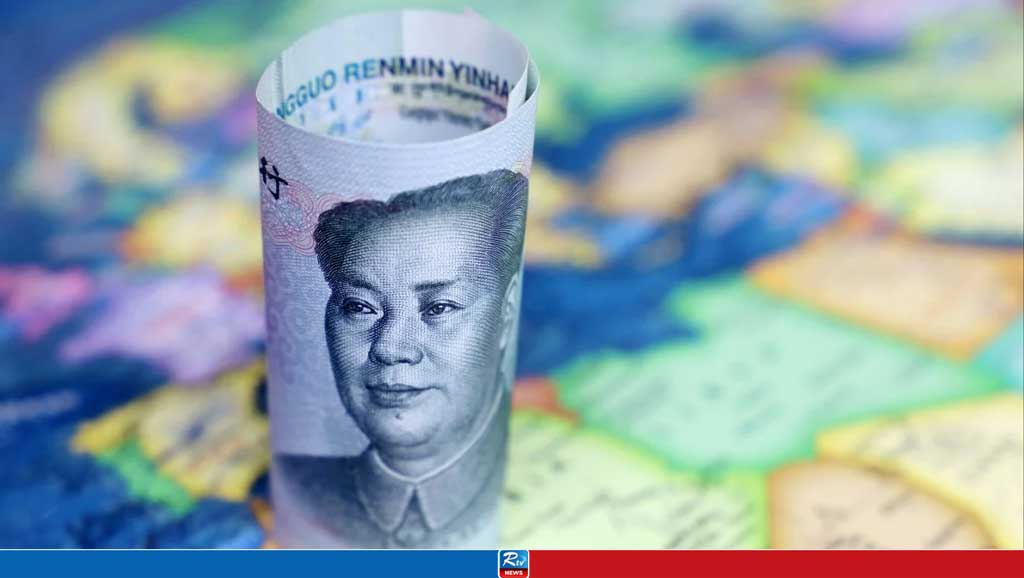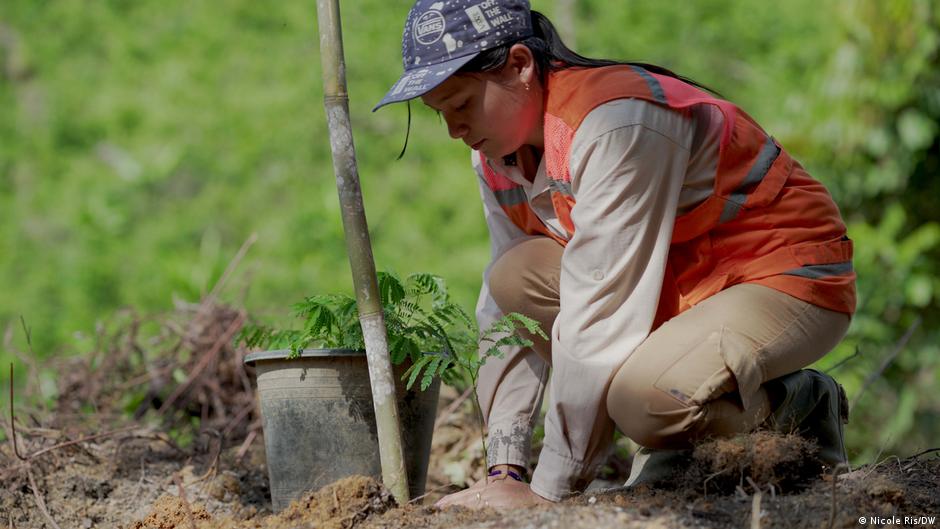Huge drug hauls signal both augmentation of India’s coast protection capacity & change in Pakistan’s anti-India strategy
Within the past two years, the number of cases of massive drug consignments originating from Afghanistan being intercepted by Indian security agencies has increased exponentially, so much so that media reports on these numerous busts no longer come across as surprising despite the huge amounts of drugs and money involved. Just this past week, reports of the seizure of 200 kilograms of Afghan heroin worth $1.45 million in Kerala were closely followed by those on 50 kgs of mephedrone that were recovered from a godown in Mumbai. These drug seizures certainly point to the close attention that the Indian government has paid to coastal intelligence and security since the Mumbai terrorist attacks in 2008, but the sheer scale of some of the seizures and the quantum of funding that would be required to mount the drug smuggling operations would have added to existing Indian concerns of the involvement of Pakistani intelligence agencies such as the Inter-Services Intelligence (ISI).
On 7 October, after having received intelligence inputs of a drugs-laden vessel that would enter Indian coastal waters, India’s Narcotics Control Bureau (NCB) and the Indian Navy launched a joint operation off the coast of Kerala to intercept it. The operation led to the seizure of 200 kilograms of Afghan heroin from the Iran flagged vessel. There was nothing else on the vessel apart from the heroin. The NCB informed that according to preliminary investigations, the heroin had been sourced from Afghanistan and transported to Pakistan. NCB’s Deputy Director-General (Operations) Sanjay Kumar Singh said at a press conference on 8 October that “This consignment was loaded into the seized vessel off the Pakistan coast through a mid-sea exchange. The vessel then set off for the Indian waters for further delivery of the consignment to a Sri Lankan vessel. Efforts were made to identify and intercept this Sri Lankan vessel”. Singh added that “The boat along with the recovered heroin and six crew members on board were brought to the Mattancherry Wharf, Willingdon Island, Kochi. NCB has now seized the vessel and the 200 kg of heroin. The 6 Iranian crew members have also been arrested under relevant sections of NDPS (Narcotic Drugs and Psychotropic Substances) Act”.
Singh revealed that the seized heroin was packed in 200 water-proof packets, and that each packet had ‘scorpion’ or ‘dragon’ seal markings that are unique to Afghan and Pakistani drug cartels. “Part of it was to be sold in India and the rest in the international market. We are trying to ascertain the Indian connections to this”, Singh said. He concluded that trafficking of Afghan heroin to India via the Arabian Sea and Indian Ocean has increased exponentially over the last few years. He said, “The southern route trafficking of heroin from Afghanistan – Afghanistan to Makran coast of Iran and Pakistan and then onwards to various countries in the Indian Ocean region including India – has gained prominence over the last few years”.
Just last month, Indian law enforcement authorities had apprehended another fishing boat off the coast of Gujarat that had a crew of six Pakistani nationals who were carrying 40 kilograms of heroin. As Vaishali Basu Sharma wrote in The Wire, “The boat was seized in the waters near Jakhau harbour in the Kutch district. Sandwiched between the major drug production regions and located in one of the busiest maritime traffic regions of the world with perhaps the highest density of fishing vessels in its territorial waters, India is most vulnerable to the menace of narcotics trafficking. Expedited by a change from using individual air couriers to smuggling by sea, narcotics trafficking has increased substantially since 2019. Even without including the narcotics smuggled from the other border routes, the extensive Gujarat coastline along the Arabian Sea singly appears to have become the preferred route of traffickers. Just this year, law enforcement authorities seized more than 1,300 kg of heroin worth Rs 6,800 crore in various operations carried out in Gujarat, Delhi and Kolkata. The number of similar seizures by authorities in recent times is staggering. With a street value of almost Rs 5 crore (about $600,000) for a kilogram, even a few smuggled packets hold tremendous value for drug runners. On July 12, in a joint operation, the Punjab Police and the Gujarat ATS seized nearly 75 kg of ‘high quality’ heroin from a container at the Mundra port in the Kutch district”. Rupert Stone wrote in the Atlantic Council’s South Asia Source that in 2021, Gujarat police seized the highest amount of drugs in the history of the state, a whopping 800 times more than the previous year.
The above seizures are just some recent examples. They pale in comparison to the massive recovery that was made in September last year, just a month after the Taliban took over power in Afghanistan on 15 August. Al Jazeera, citing Reuters, reported on 21 September 2021 that Indian officials had seized nearly three tons of heroin originating from Afghanistan that was worth an estimated 200 billion rupees ($2.72 billion). It elaborated that “India’s top anti-smuggling agency, the Directorate of Revenue Intelligence (DRI), seized two containers at Mundra Port in the western state of Gujarat on September 15 after receiving intelligence they contained narcotics. More than 2,988kg (6,590 pounds) of heroin was recovered in one of India’s biggest such hauls to date. Two people have been arrested in connection with the haul and investigations were ongoing”.
It is not just Afghan heroin that is being sent to India, though. Also last month, the Delhi Police arrested two Afghan nationals for facilitating a consignment of 312.5 kg of methamphetamine worth $1.5 million into the country. Busting drugs originating from Afghanistan is no new thing for the Delhi Police, which has seized large consignments of heroin in the past. What was notable was that this was the first time that Afghan-origin methamphetamine had been seized. India Today magazine quoted sources in Delhi Police as saying that they had been monitoring the change in order to thoroughly investigate the emerging use of methamphetamine as the fulcrum of the evolving narco-terror matrix.
The United Nations Office on Drugs and Crime (UNODC), which is mandated with assisting Member States in their efforts to combat illicit drugs and international crime, and whose New-Delhi based UNODC Regional Office for South Asia (ROSA) has been working with governments across South Asia to address challenges pertaining to drugs, has also noted the enhanced flow of Afghan drugs into India. It observed that South Asia continues to face a multitude of drug related challenges that are exacerbated, in part, by its geographical location between the two main illicit opiates producing and trafficking regions of the world, namely the Golden Triangle and the Golden Crescent. The COVID-19 pandemic and socio-political developments around the world have further aggravated the problem. Against this backdrop, South Asia remains a target for traffickers smuggling illicitly produced opiates from Afghanistan to Europe and North America along the “alternate” southern route. In addition, coastal States in South Asia are vulnerable to maritime trafficking as a result of their exposure to trafficking routes across the Indian Ocean. It also noted a rising shift from trafficking in narcotic drugs to trafficking in synthetic drugs, including amphetamine type stimulants, and that access to drugs has also become simpler than ever with online sales. Major drug trade on the dark web had now exceeded US $315 million annually.
The UNODC’s World Drug Report 2022 that was released in June says that “India is one of the world’s single largest opiate markets in terms of users and would likely be vulnerable to increased supply, as there are already signs that an intensification of trafficking in opiates originating in Afghanistan may be taking place eastwards”. It added, “Opiates are mainly trafficked along the route via Pakistan and/or via the Islamic Republic of Iran to India, for domestic consumption and re-export to countries in the region, and to Africa, for local markets and re-export to Europe”. The UNODC recently organized an expert group meeting (EGM) on the drug problem in South Asia. The EGM concurred that for effective operational responses to reduce supply, it was imperative to focus on all aspects of counter-narcotics capacity building, including intelligence-led investigations, effective interdictions, tackling the dark net, leveraged supply-chain, eradication programmes, integrated border management, financial intelligence units, and law enforcement as well as prosecutorial capacities, to effectively disrupt criminal networks.
As G. Shreekumar Menon, former Director General at India’s National Academy of Customs, Excise & Narcotics, rightly pointed out to Moneycontrol, the scale of some of the seizures, especially the one in September 2021 in Mundra, raises serious questions. Menon said, “The Rs 21,000 crore ($2.72 billion) estimated amount is the market value of the drugs seized, which does not include the import cost of the consignment. The shipment and transportation cost of the consignment would also be significantly higher, raising doubts about who is behind funding and managing such a big consignment and for what purpose the sale amount would be used? The magnitude of funds involved through the sale of these drugs would most probably be used for financing terror activities in different parts of the country”. Historically, it is primarily the Pakistani ISI that has sponsored terrorism in India.
The ISI’s involvement has been suggested by others too. The Delhi Police, which had in past years seized drug consignments linked to the ISI’s K-2 (Khalistan Kashmir) unit, has said it is probing whether the same channels were used to send the methamphetamine consignment to India. Vaishali Basu Sharma pointed out that “Like the recent one on September 14, most of the seizures involve Pakistani nationals, believed to be enjoying the patronage of security agencies, who bring consignments up to a point about 150 nautical miles from Mandvi, from where it is picked up by locals and brought up to the coast in small boats”. Last year in April, Indian security agencies had arrested eight Pakistani nationals off Jakhau in Indian waters with a large quantity of heroin on board a fishing boat. In March 2021, they seized a boat in the Arabian Sea which was carrying a cache of 301 kilograms of heroin, five AK-47 rifles and 1,000 rounds of ammunition. India’s National Investigation Agency (NIA) was asked by the Union government to conduct preliminary investigations into the seizure, and it revealed that the international drug syndicate involved in the smuggling was based out of Pakistan. In Gujarat, this year alone security agencies have seized 717.3 kilograms of drugs and 16 Pakistani nationals and 3 Afghan nationals have been arrested along with the contraband.
Meanwhile, Faizan Khan, writing in the Indian newspaper Mid-Day on 11 October, quoted sources from Indian investigating agencies as revealing that most heroin consignments coming to Mumbai using different ports were being trafficked by one mastermind identified as Haji Saleem, who operated from Balochistan in Pakistan, Iran, and Afghanistan. The NCB’s investigations, the paper claimed, had found links to this ISI-backed Pakistani national. The consignment that was busted on 7 October near Kochi was also suspected to be linked to Saleem, Khan added.
With international focus on its sponsorship of terrorism across the world having rendered that favoured instrument presently unfeasible on a large scale, the potential to hurt India had been reduced enough in the past few years for the ISI to be keenly sniffing out other avenues. The instability in the period of the Taliban takeover of Afghanistan, the abundance of heroin and methamphetamines being produced and now readily available in the country, and the ISI’s existing relationships with known dubious characters in the poppy growing regions of Afghanistan may all have informed and guided the ISI’s dicey policy diversion.
If that is indeed the case, as it increasingly appears to be, it must be a matter of serious concern for the European Union (EU) too as according to the UNODC a sizeable chunk of the Afghan drugs that make their way to India and Sri Lanka are eventually destined for European nations.
15 Oct 2022,16:52
















 Live Tv
Live Tv









